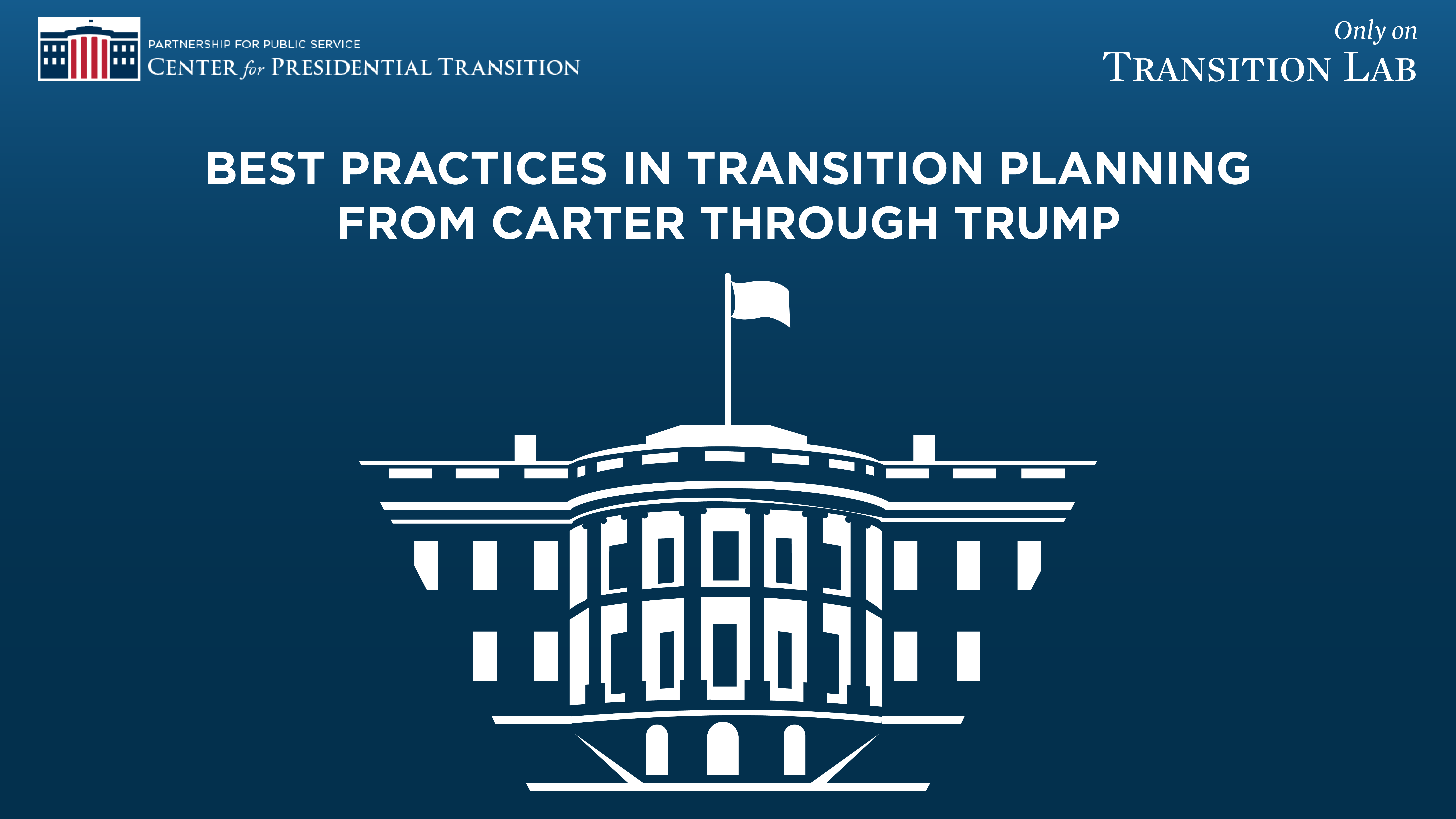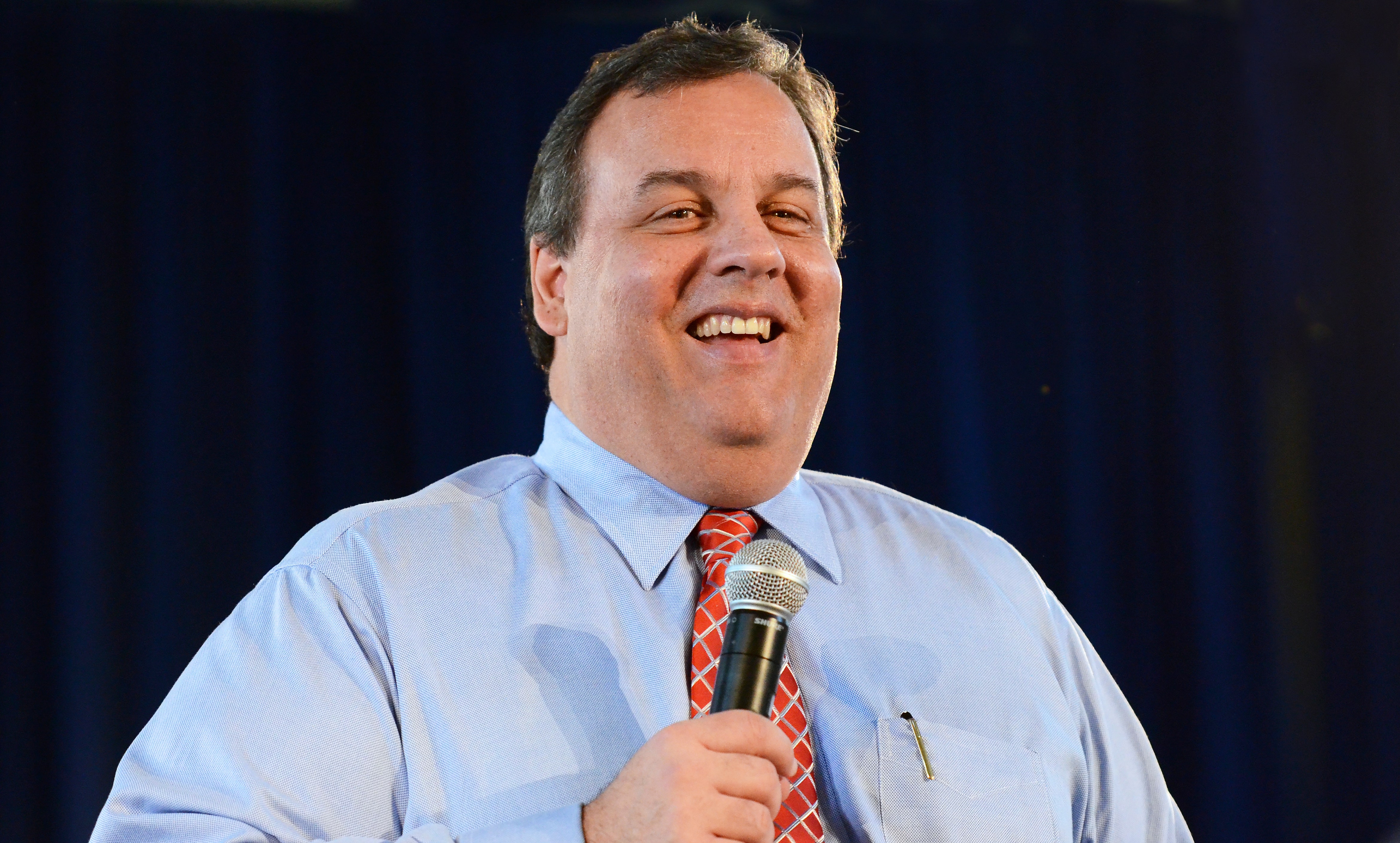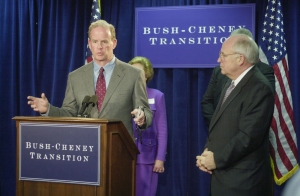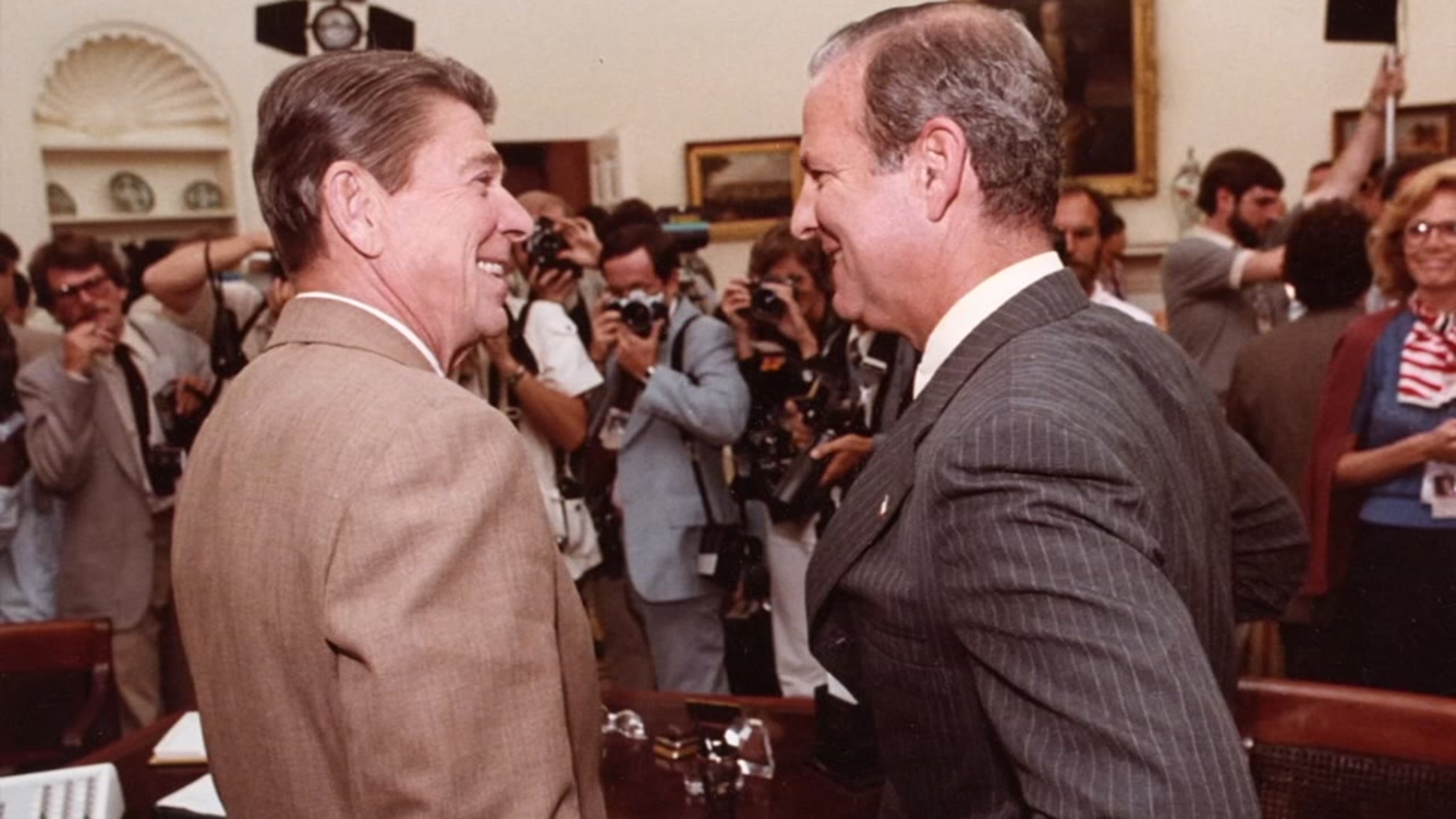Blog
September 14, 2020
The Best of Transition Lab
Since launching in January 2020, Transition Lab has offered a close look at the world of presidential transition planning, featuring in-depth interviews with those who have organized, led and written about some of the most notable transfers of power in U.S. history. In this episode, host David Marchick shares the most important takeaways, poignant stories and surprising moments from these interviews. Utilizing episode highlights, presidential recordings and historical news clips, Marchick takes us back in time–from the 1930s to the present–to illustrate how transitions work, why they are important and the lessons they hold for both today and tomorrow. Topics discussed include the importance of good staffing; why transition teams and campaign teams don’t always get along; how successful transitions breed successful presidencies; why bipartisanship during a transition matters; and how administrations try to learn from the missteps of previous transitions. Transition Lab is the official podcast of the Center for Presidential Transition at the Partnership for Public Service, a nonprofit, nonpartisan organization that strives to make our federal government more effective, innovative and responsive to the people it serves.
[tunein id=”t157254581″]Read the highlights:
Marchick talked to Martha Kumar, director of the White House Transition Project, who discussed why Harry Truman’s transition plans–the first to be organized by a sitting president–went awry.
Kumar: “[Truman] thought that it would be good to have both sides come into the White House. It was during the summer of 1952 in August, and he invited [Democratic presidential nominee] Adlai Stevenson and [Republican presidential nominee] General Eisenhower to … get briefed by the CIA … individual Cabinet members and White House staff. Eisenhower was not in favor of doing it. So he wrote [Truman] back turning down the invitation. Truman was very unhappy and … wrote, ‘I am extremely sorry that you have allowed a bunch of screwballs to come between us. You have made a big mistake and I’m hoping it won’t injure this great Republic.’”
Marchick talked to two top policy advisors in the Carter administration, Stuart Eizenstat and David Rubenstein, about the distrust between the Carter transition and campaign teams.
Eizenstat: “David and I were heading the policy staff of the campaign. And unbeknownst to us until about a month before the election, Jimmy Carter had a parallel policy planning group for the transition…”
Rubenstein: “You had people fighting over jockeying or positions and you couldn’t really prepare that well for the new administration because people didn’t really know who [was] going to get what jobs.”
Eizenstat: “Yes … because you had these parallel structures, because you had this clash, it took up an enormous amount of time.”
Rubenstein and Eizenstat also discussed how poor staffing, including Carter’s initial decision to serve as his own chief of staff, hampered the administration early on.
Rubenstein: “Carter was obsessed with getting the Cabinet done. The White House staff? [He said], ‘Well, staff people are not that significant. Who cares about staff? We’ll deal with that later’… He didn’t really feel he had to have very powerful people at the White House staff because in his view, everything was going to be in the Cabinet.”
Eizenstat: “He decided to be the opposite of Nixon. Nixon had [H.R.] Haldeman as the all-powerful chief of staff who blocked everyone from seeing him. So [Carter] decided he was going to be his own chief of staff.”
Ronald Reagan learned from Carter’s missteps. Before taking office, Reagan hired James Baker, a veteran of Washington politics who ran two Republican primary campaigns against the president-elect in 1976 and 1980, as chief of staff. Marchick asked Baker to discuss his surprising hiring.
Baker: “I don’t think it will ever happen again in American politics where a president-elect will go to someone who has run at least two campaigns against him [and ask him] to be … their White House chief of staff … He was looking for someone who knew and understood how Washington worked.”
Importantly, Baker established a strong working relationship with Reagan’s transition director, Ed Meese, who had also expected to become chief of staff.
Baker: “The next morning I met with the president and he said, ‘Jim I want you to be my White House chief of staff … but I want you to make it right with [Ed] Meese.’ And I said to [Ed], ‘Let’s figure out a workable way to divide up the responsibilities in the White House’…. My job was to make sure the trains run on time, and making the trains run on time meant I had to have authority over the congressional relations, press relations [and] political relations, and operate from the chief of staff’s office, which is the biggest office in the West Wing.”
Marchick also interviewed Mack McLarty, President Clinton’s chief of staff, who discussed why Clinton downplayed transition planning as a presidential candidate and explained how he repeated Carter’s mistake of selecting a Cabinet before hiring important White House staff.
McLarty: “Governor Clinton had a strong feeling … that he did not want to be seen as an underdog candidate, or a younger candidate, who was already beginning to measure the drapes in the Oval Office. So his instinct was not to have a robust transition.”
McLarty: “You either have to [select Cabinet and White House staff] simultaneously or, perhaps even better, focus on the White House staff first and then quickly move the Cabinet.… There was just not enough work done before the election. And once you get behind, it just does not leave you any room to catch up.”
Marchick interviewed Clay Johnson, the head of the George W. Bush’s transition team in 2000, who explained why the president-elect was prepared to take office despite a delay in the official election results.
Johnson: “He said, ‘I want you … prepare a plan for what I do when I win the presidency.’ This was in June of 1999. So it’s 16 months or so before the presidential election. I don’t think anybody’s started that early…. I [told] Bush that summer, ‘When we get to within a month or so from the election, I’m going to be encouraging you to pick your chief of staff. So you might be thinking about who it ought to be.’ And he did, [selecting Andy Card, one of the earliest chief of staff picks in U.S. history].”
Marchick also spoke with Stephanie Cutter, a spokesperson for the Obama-Biden transition in 2008, about why transition teams need to set aside partisan difference after presidential elections and continue to govern for the good of the country.
Cutter: “The Bush team couldn’t have been more helpful. We were working so closely in cooperation with them and they were being extraordinarily helpful to us because of the economic crisis that we were in. As soon as you move from a campaign to a transition, out goes the campaign rhetoric. It’s not ‘Bush’s economy’ this, and ‘failure’ that, it’s what are we going to do? It’s looking to the future. It’s putting real plans in place.”
More recently, Marchick interviewed Chris Christie, who chaired Donald Trump’s transition team from May 2016 until shortly after Election Day. Christie discussed how he relied on many of those who had run presidential transitions to prepare for a Trump transition and explained why a personnel shakeup of the transition team after the election hurt the administration.
Christie: “I met with Andy Card, who along with Vice President Cheney ran the transition for the George W. Bush team. I met with Jim Baker, who was instrumental in the Bush 41 transition and in the Ronald Reagan transition. And I also met with a number of other folks who were involved around the periphery in those transition efforts … They said, ‘You don’t have a day to waste. The government is bigger and more complex than it’s ever been’.… [The Monday before Election Day], we turned over 20 volumes of materials to the Trump campaign, for them to be ready to begin to execute on Wednesday.”
Christie: “[Shortly after Election Day], Steve Bannon asked if I’d come see him in his office. So I went down to his office and … we sat down and … he [said], ‘ We need to make some changes.’ And I said, ‘OK. What changes are we making?’ And he [said], ‘You.’ And I said, ‘Are you kidding me?’ And he [said], ‘Nope. Vice President Pence is now going to be the chair of the transition and you’re out’…. They still haven’t recovered [from Christie’s firing and transition leader Richard Bagger’s resignation] … because you cannot recover from the loss of all of that work. And even if they win a second term, they won’t catch up because you gave away that 150 days or so you can never get it back. And those are 150 very important days.”



